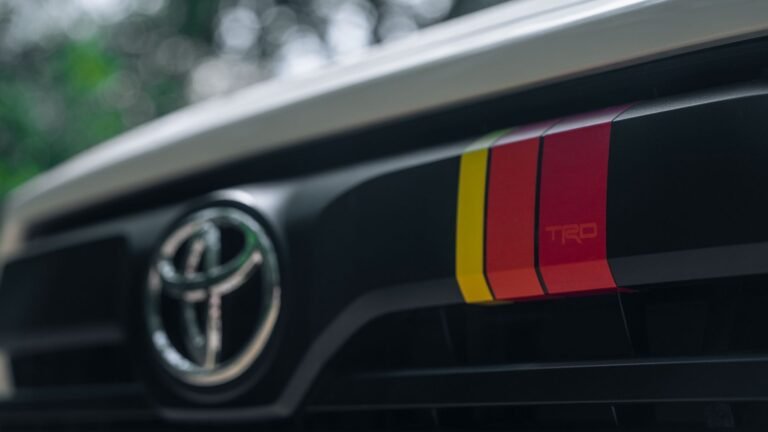

- Prices have risen across all Tiguan trims for the 2026MY.
- New range-topping SEL R-Line Turbo starts at $44,560.
- Tiguan is built in Mexico and is subject to 25% tariffs.
Volkswagen’s popular Tiguan is getting a whole lot more expensive for the 2026 model year, and tariffs have something to do with it. Depending on what version of the Tiguan you’re in the market for, you may have to cough up an extra $2,630, a hefty hike given the 2026 model is mostly the same as the 2025 Tiguan with the exception of the new Turbo trim.
MSRPs Keep Creeping Up
Before diving into specifics, it’s worth noting how prices have risen. Compared with the original 2025 model-year figures announced back in March, the Tiguan’s base price for 2026 is now up by a notable 4.4 percent, as reported by Auto News.
Even before this round of changes, the compact SUV had already seen its first mid-year increase in July, not long after sales began in May. The 2025 Tiguan arrived following a major redesign and initially launched at $30,920.
Review: We Drove The 2025 VW Tiguan And It’s Not What You Expect, But It’s What You Need
Now comes the third price revision since that debut, this time for the 2026 model year. It starts with the entry-level Tiguan S FWD, now priced at $32,280. That’s a $610 bump, or roughly 1.9 percent, over the 2025 model introduced earlier this year. VW has applied the same $610 increase to the Tiguan S AWD, Tiguan SE FWD, and Tiguan SE AWD.
Moving up the lineup, the hikes become more noticeable. The Tiguan SE R-Line AWD climbs 2.8 percent, rising by $1,090 to $40,220, while the SE R-Line FWD now lists at $38,720, up the same amount.
The New SEL R-Line Turbo
At the top of the Tiguan family is the new SEL R-Line Turbo. It replaces the previously offered SEL R-Line that was available from $41,930, but the 2026 model now starts at $44,560, an increase of $2,630.
However, despite the somewhat confusing nomenclature, this isn’t just a rebadge. The SEL R-Line Turbo is effectively a different model, gaining an additional 67 horsepower and 51 lb-ft of torque from an upgraded 2.0-liter turbocharged four-cylinder engine, which helps explain the steeper price tag.

Why The Hikes?
So, what’s driving the increase? According to VW of America’s senior vice president for product marketing and strategy, Petar Danilovic, the company based its decision on a combination of competitor moves and wider market forces.
“Like all other brands, we look at what’s happening in the market, what our competitors are doing,” he told Autonews. “Also, what is the cost of business on the other side? Then we make our decisions of ‘OK, where do we think it’s a reasonable price increase?’”
There’s another piece to the puzzle. The new Tiguan is built in Mexico, which means it currently faces a 25 percent import tariff. That added cost likely contributes to the rising prices across the board, leaving buyers to absorb part of the impact.
Sources: VW, Auto News
